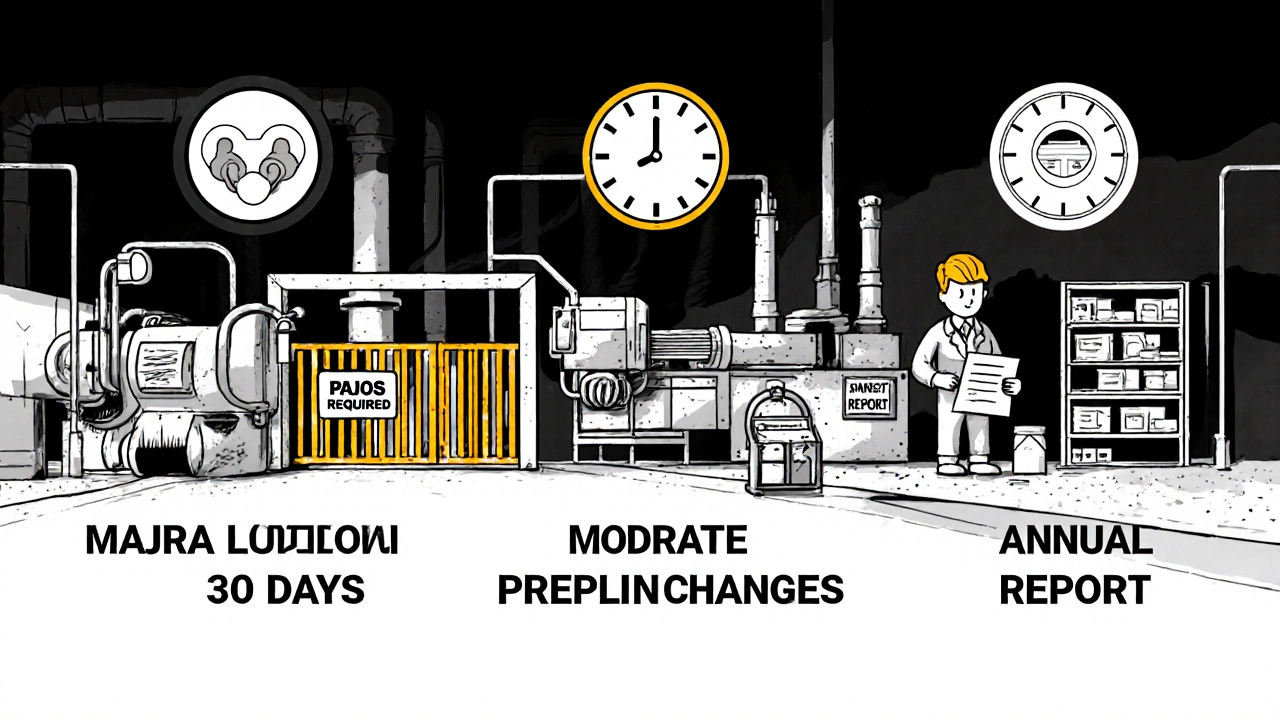Understand the FDA and global requirements for notifying and approving manufacturing changes in pharmaceutical production. Learn how to classify changes correctly to avoid regulatory violations and ensure product quality.
Regulatory Approval: What It Means for Drugs, Biosimilars, and Patient Safety
When you take a pill, it didn’t just appear on a shelf—it went through regulatory approval, the official process where health agencies like the FDA review a drug’s safety, effectiveness, and manufacturing quality before it can be sold. Also known as drug authorization, this step is the final gatekeeper between a lab discovery and your medicine cabinet. Without it, there’s no guarantee the drug works as claimed or won’t harm you. This isn’t paperwork—it’s science, scrutiny, and sometimes years of testing.
Regulatory approval doesn’t treat all drugs the same. biosimilars, highly similar versions of complex biologic drugs made from living cells, face tougher reviews than simple generic drugs, chemically identical copies of old-brand medicines. Why? Because biologics aren’t made like aspirin—they’re grown in cell cultures, and tiny changes in the process can alter how they work. That’s why a biosimilar isn’t a generic, and why the FDA requires extra studies to prove it behaves the same in your body. Meanwhile, drug safety, the ongoing monitoring of side effects and risks after approval is just as important as the initial review. Think of it like a car recall: even if a drug passed initial tests, real-world use can uncover hidden dangers—like gabapentinoids boosting opioid risks or macrolides triggering heart rhythm issues.
Regulatory approval shapes everything: who gets access, how much it costs, and whether a generic version can even enter the market. In Europe, biosimilars moved in fast and cheap. In the U.S., it took legal battles, patent fights, and new rules to catch up. That’s why you’ll see posts here about lenalidomide patent litigation, hospital formulary decisions, and how pharmacies choose between generic brands. It’s not just about price—it’s about who approved it, when, and under what rules. And when you report a bad reaction to the FDA through MedWatch, you’re part of that system too. Your report helps update safety labels, change dosing guidelines, or even pull a drug off the shelf.
What you’ll find below isn’t a list of abstract policies—it’s real stories. How a hospital switches generics and accidentally causes problems. Why a new biosimilar in the U.S. still costs more than in Germany. How a patent delay keeps a life-saving drug expensive. And how your doctor’s legal risk changes when they prescribe a generic that’s not quite the same as the one you took last year. These aren’t theoretical debates. They’re daily realities shaped by regulatory approval—and they directly affect your health, your wallet, and your trust in medicine.

